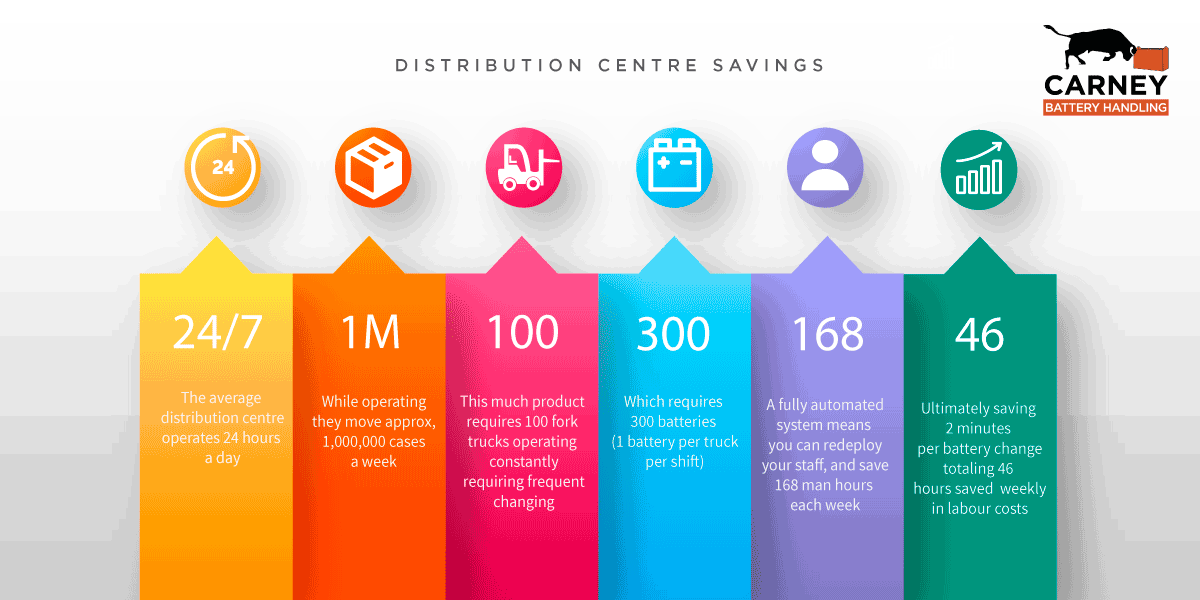As a material handling professional, you understand the importance of operational flow. So, you’ve likely encountered unique challenges that require bespoke solutions like custom workstation cranes or lift tables. The question is, have you ever evaluated how each task affects the flow of your warehouse?
A custom material handling system tackles many common pain points facing operations. Labor shortages can be tackled with automation, workplace safety can be improved with sensors, lights, attachments, callbox tracking and integrated safety accessories. Time management can be monitored more efficiently with systems that track and move inventory.

Callbox Technology

Robot programming

Proximity sensor
The purpose of any material handling system is to get material where it needs to be when it needs to be there, every time. To achieve this, you need to take the time to evaluate your warehouse as a system. People, practices, and equipment work together to create a harmony that moves materials efficiently from end to end – generating returns where they are needed and hitting projections to keep things running smoothly.
Take a manufacturing plant or distribution center as an example. These facilities have a whole process involved; from receiving materials to fulfilling orders and all the tasks in between – creating a flow to get products out the door for delivery. At every stage, material handling is essential. The equipment that helps you complete these tasks should work in tandem to create an unbroken flow between tasks.

This graphic depicts the benefits of automated battery handling in an average distribution centre.
But how do you achieve this level of amalgamation? The answer lies in integration. Working with a specialized service provider or material handling manufacturer helps companies meld their existing material handling practices with new manual, semi-automated or autonomous equipment to create a seamless operational flow. That’s what custom manufacturers like us are here for. The Carney team can create something completely custom and even recommend industry 4.0 systems that utilize I-BOS and callbox technology.
The benefits of building a custom system are endless, even if your operation isn’t ready for full automation. Creating a seamless process ensures that the dedicated blue-collar workers you rely on are comfortable, which increases productivity and shortens lead times. Automating heavier lifting, like managing forklift batteries, reduces labour costs and maintenance costs by more than half. A custom system also allows you to keep the equipment that’s working which means fewer expenses.
You can achieve an efficient material handling process that ensures optimal productivity and throughput without starting over. By working with material handling system integrators or custom equipment manufacturers, you can create an innovative system that improves your facility’s flow and ultimately, your bottom line.

